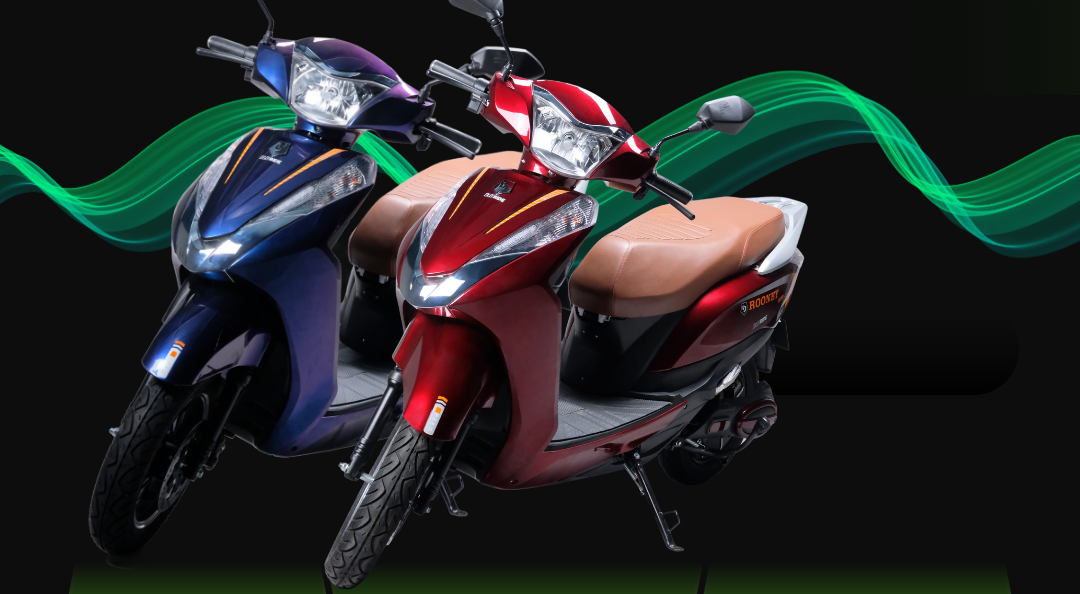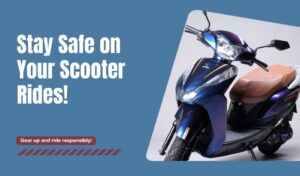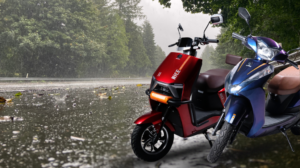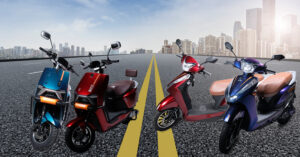Understanding the Cost Benefits of E-Scooters
The financial advantages of using e-scooters, particularly in urban settings, are significant when compared to traditional modes of transportation. To begin with, the initial cost of purchasing or renting a bluride e-scooter is often considerably lower than the expenses related to a car. While the upfront price of a new e-scooter may range from a few hundred to a thousand dollars, owning and operating a car typically incurs higher expenses, including insurance, registration, and the cost of the vehicle itself.
Moreover, e-scooters allow users to save substantially on fuel costs. A traditional car may consume a considerable amount of gasoline, especially in a city ride scenario where frequent stops and low speeds are common. In contrast, the energy consumption of an e-scooter is minimal, primarily relying on electricity, which is not only cheaper but also cleaner. On average, the expense incurred in charging an e-scooter monthly is a fraction compared to fueling a gasoline-powered car.
Maintenance is another area where e-scooters present cost benefits. Traditional vehicles require regular maintenance, such as oil changes, tire rotations, and brake replacements, which can add up over time. E-scooters, with fewer moving parts and a simpler design, typically have lower maintenance costs. Routine checks and occasional battery replacement generally suffice to keep them operational.
Additionally, e-scooters eliminate various typologies of urban transport expenses. Users avoid parking fees, which can accumulate quickly in metropolitan areas, and the need for public transport fare is greatly reduced, if not eliminated altogether. Overall, the cumulative savings associated with e-scooters can be substantial, making them an economically savvy choice for city rides. These financial advantages highlight the practicality of e-scooters as a sustainable transportation option that benefits both the individual and the environment.
E-Scooters vs. Traditional Transportation: A Comparative Analysis
As urbanization continues to shape our cities, the need for efficient and cost-effective transportation methods has become more critical than ever. E-scooters have emerged as a viable alternative to traditional forms of transportation, including cars, buses, and bicycles. By examining a range of factors such as cost per mile, travel time, and environmental impact, we can better understand the advantages of e-scooters for city rides.
First, let’s consider the cost per mile. The average cost to operate a car in urban areas can exceed $0.50 per mile when accounting for fuel, insurance, maintenance, and parking fees. In contrast, e-scooters such as the Bluride e scooter often have a cost per mile closer to $0.10, making them significantly more economical for short trips. This financial benefit is especially important for city dwellers who frequently commute within densely populated areas.
Next, we’ll address travel time and efficiency. E-scooters can navigate through congested streets more adeptly than cars, which often get stuck in traffic. According to data from recent studies, e-scooter users can save an average of 20 minutes per trip as compared to those who rely on public transportation, which may have multiple stops and waiting times. Furthermore, e-scooters require significantly less space when parked, further alleviating the parking challenges that often plague urban environments.
Finally, the environmental impact of e-scooters cannot be overlooked. Traditional vehicles contribute to considerable carbon emissions and air pollution, whereas e-scooters operate on electricity, thereby reducing the overall carbon footprint. Studies indicate that replacing car trips with e-scooter rides contributes substantially to lowering greenhouse gas emissions, promoting a cleaner and healthier urban environment.
In conclusion, when evaluating e-scooters against traditional means of transportation, it is evident that e-scooters provide a more economical, time-efficient, and environmentally friendly solution for city rides. With the growing popularity of e-scooters like the Bluride e scooter, urban commuters are presented with an innovative mode of transportation that effectively meets their needs.
Tips for Using E-Scooters Effectively and Economically
Utilizing e-scooters for city rides can be an economical choice, but maximizing savings requires careful planning and informed decision-making. One of the first steps to effective e-scooter usage is selecting the right type that aligns with your specific needs. Consider factors such as distance, terrain, and frequency of use. The Bluride e-scooter, for instance, is designed for optimal performance in urban environments, enabling users to navigate city streets efficiently while conserving battery life.
Another important aspect is taking advantage of promotional offers and subscription models. Many e-scooter companies provide discounts for first-time users or offer monthly plans that can help mitigate the costs of regular city rides. By subscribing, you often gain access to better pricing options and may even enjoy exclusive promotions. This can be especially useful for individuals who rely on e-scooters as a primary mode of transportation.
To further enhance your city ride experience, understanding the best routes can substantially minimize travel costs. Utilize navigation apps that provide real-time traffic updates, optimal paths, and reduce travel times. Choosing less congested routes not only increases efficiency but also ensures a smoother ride that can conserve battery power, ultimately enhancing the longevity of your e-scooter.
Safety is another critical component when using e-scooters. Always wear a helmet and follow traffic regulations to avoid accidents and potential repair expenses. Additionally, regular maintenance checks can extend the lifespan of your e-scooter and further reduce long-term costs. Keep your tires inflated, and periodically inspect the brakes and battery. By following these practices, you can ensure a practical and rewarding e-scooter experience, allowing you to enjoy your city rides while saving both money and the environment.
Environmental Impact: Saving Money While Saving the Planet
In recent years, e-scooters have gained popularity as a practical solution for urban mobility, particularly in cities facing increasing traffic congestion and pollution. The adoption of e-scooters, such as the Bluride e scooter, not only provides a cost-effective means of transportation but also positively impacts the environment. Traditional vehicles that rely on fossil fuels contribute significantly to greenhouse gas emissions, whereas e-scooters operate on electric power, offering an alternative that drastically reduces this dependency.
Studies indicate that opting for e-scooter city rides can lead to a substantial decrease in carbon footprints. According to a 2021 report, e-scooters produce up to 60% fewer emissions compared to conventional gasoline-powered vehicles over similar distances. The shift towards electric-powered transportation options like the Bluride e scooter not only contributes to cleaner air but also promotes the use of renewable energy sources, further minimizing environmental impacts. This transition translates to cost savings for individuals as well, as users can significantly reduce their spending on fuel and maintenance associated with conventional vehicles.
Moreover, e-scooters help alleviate traffic congestion in urban areas. With fewer cars on the roads, cities can enjoy improved air quality and reduced noise pollution, making the urban environment more pleasant for all residents. The integration of e-scooters into existing transportation networks enhances overall city ride experiences by providing a convenient and efficient alternative for short commutes or leisure trips. By choosing e-scooters, commuters not only save money but also play a crucial role in promoting sustainability within their communities.
By embracing the e-scooter as a viable city ride option, individuals contribute to a more sustainable future while reaping the financial benefits associated with reduced transportation costs and lower environmental impact.









Leave a reply